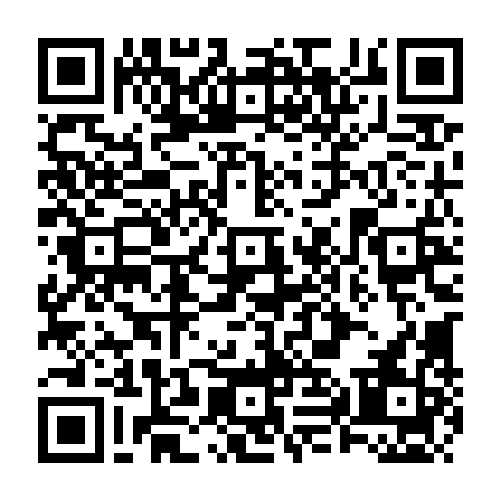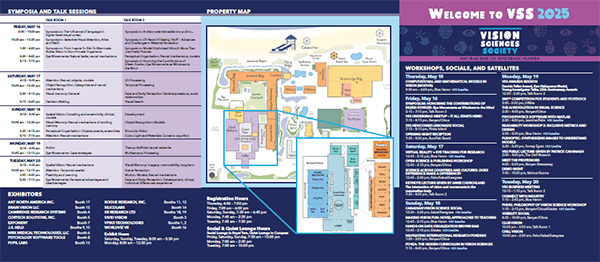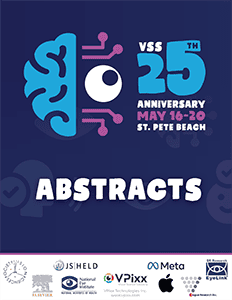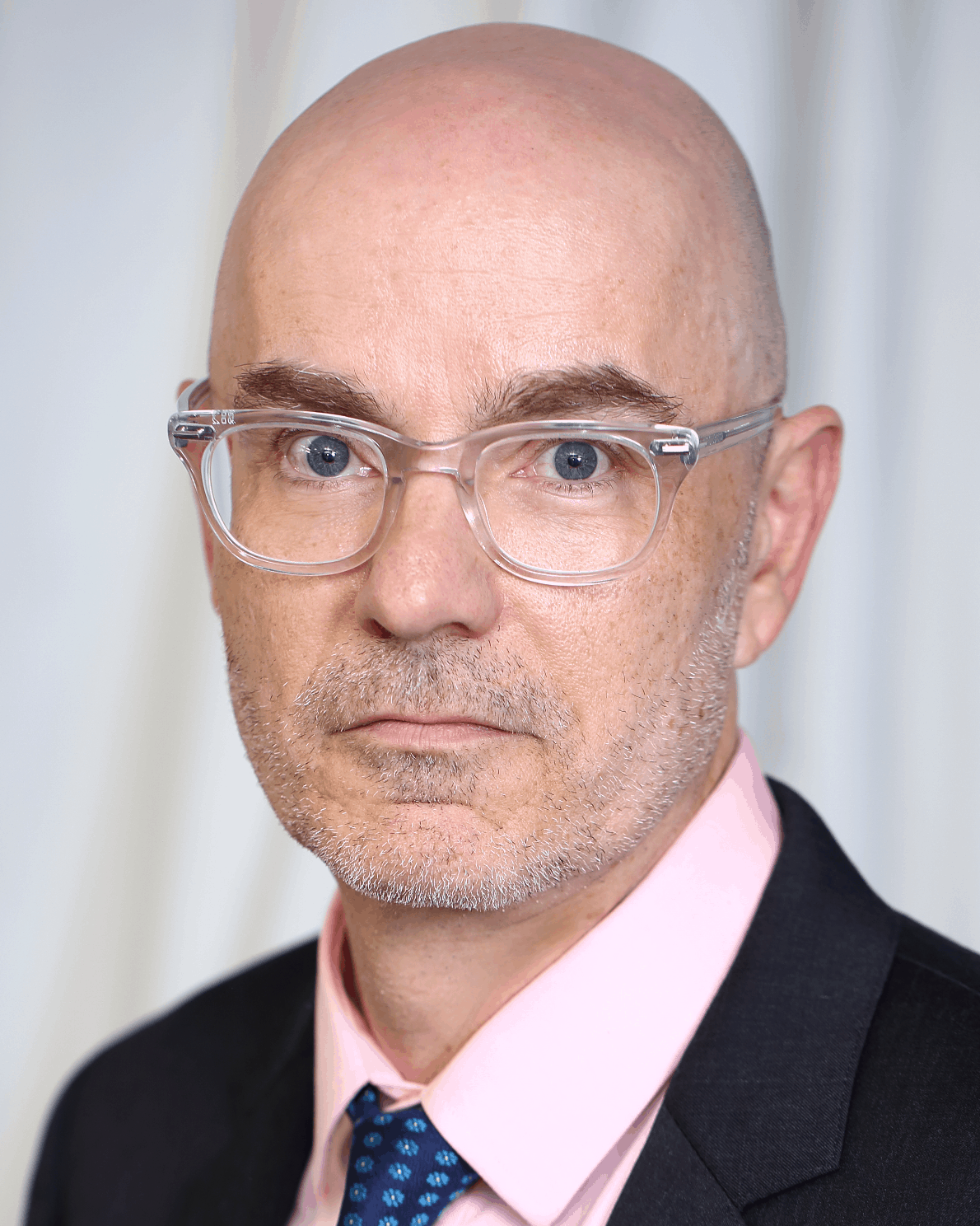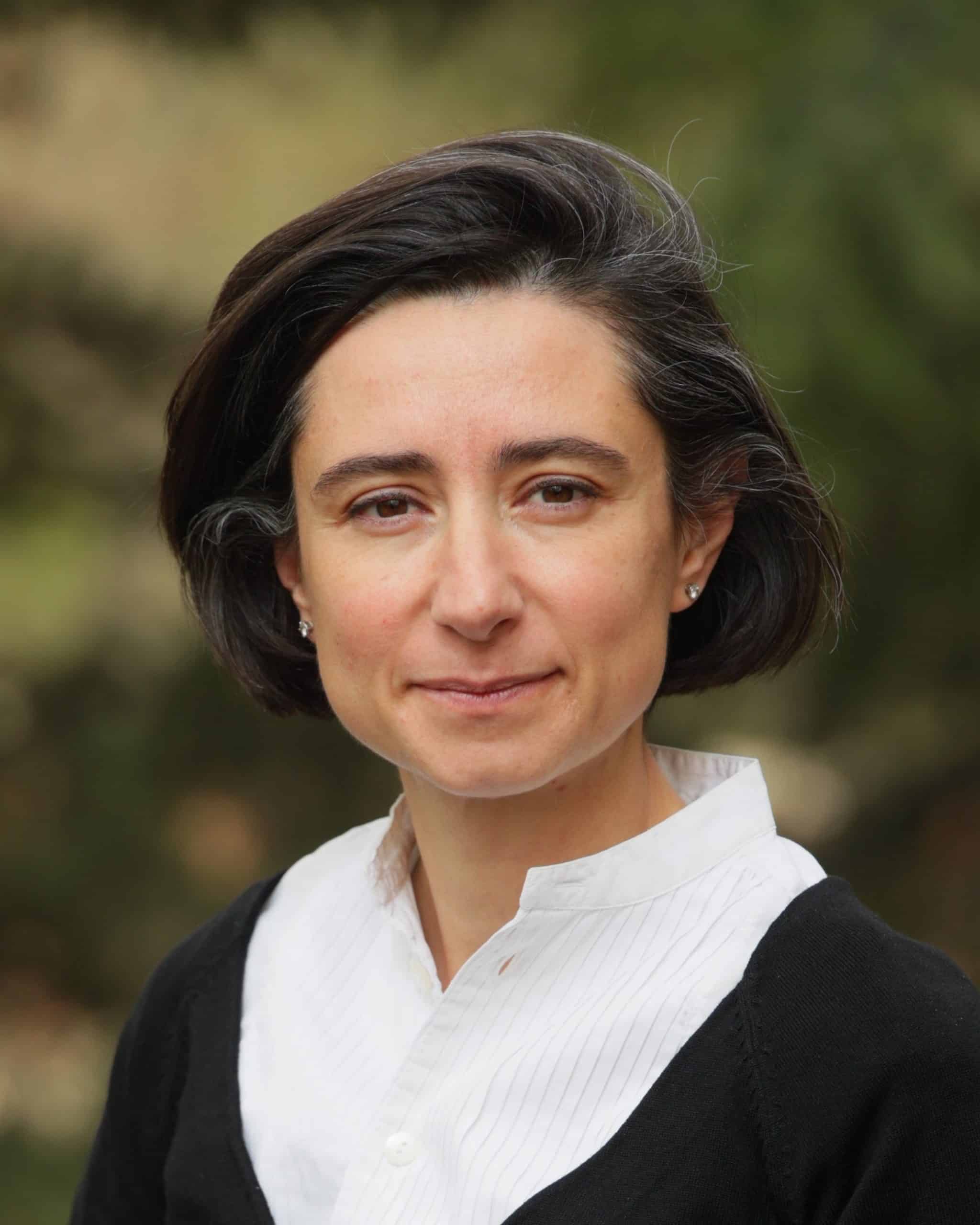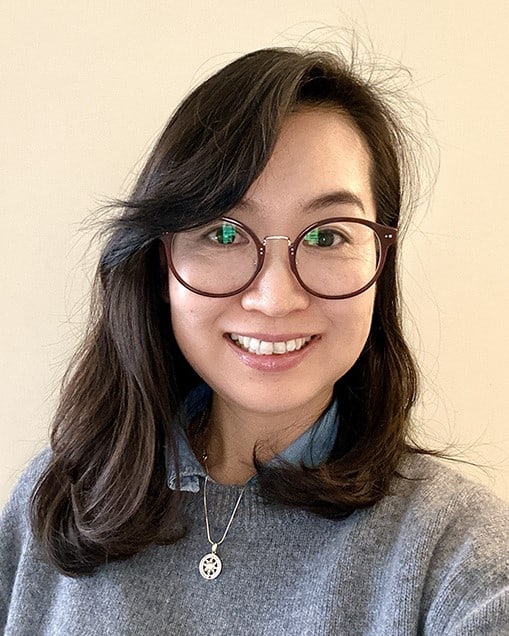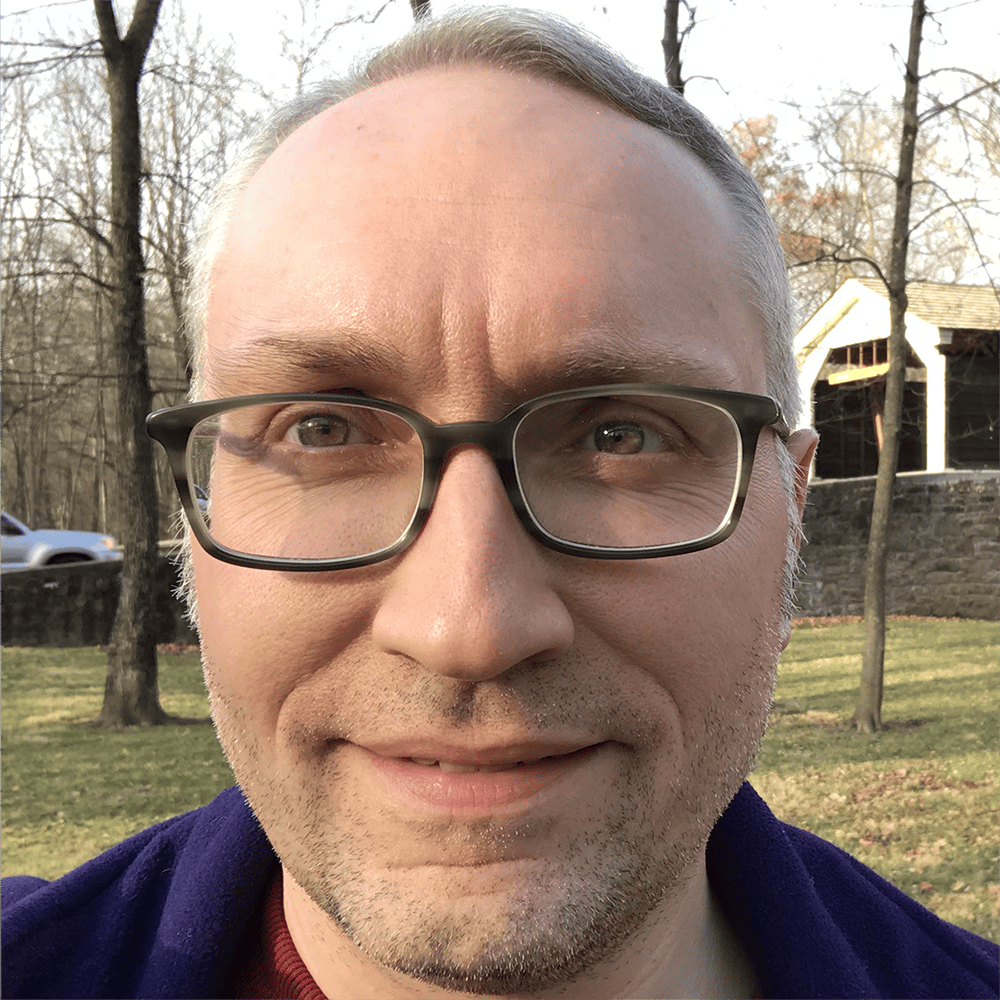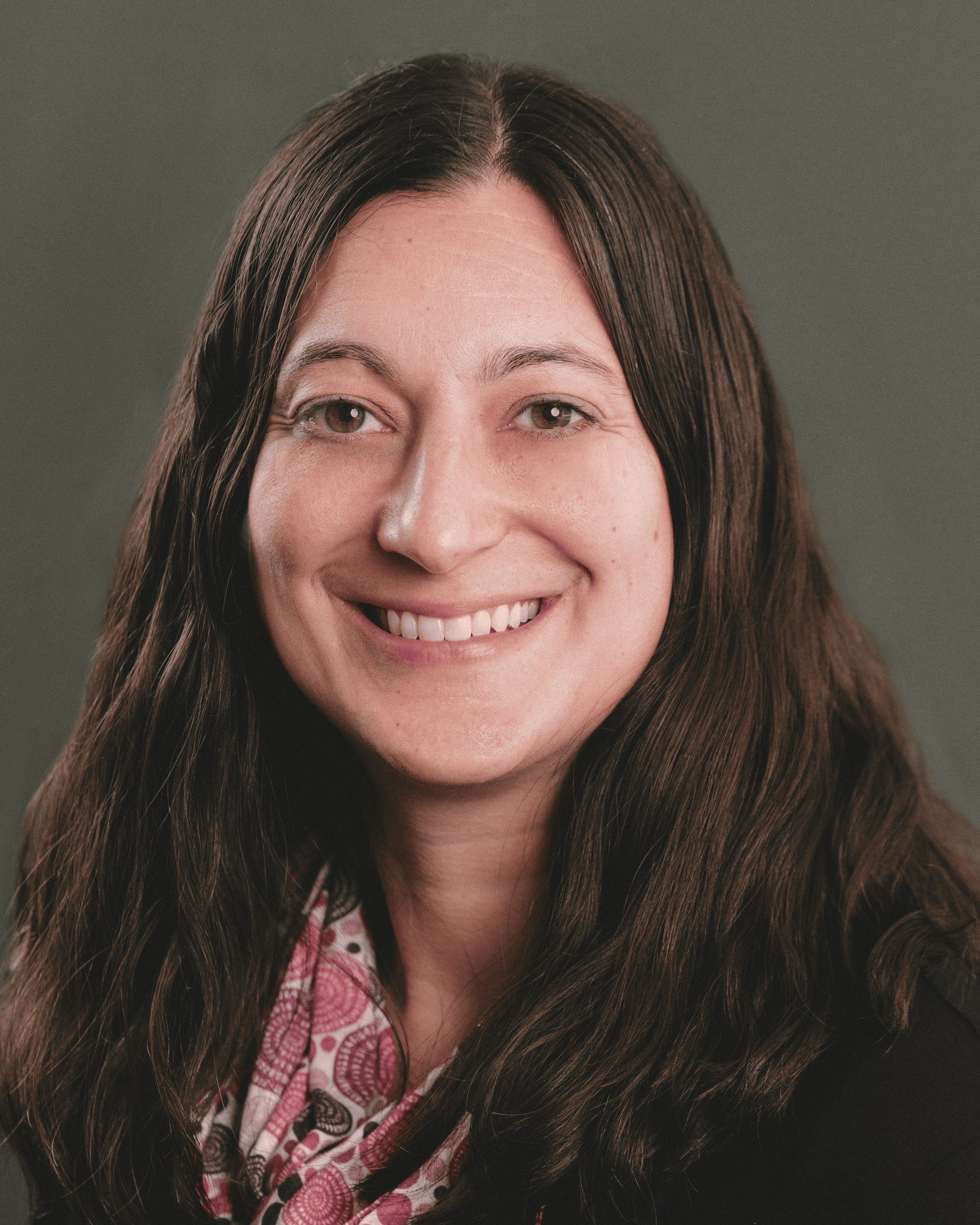< Back to 2024 Symposia
Symposium: Friday, May 17, 2024, 12:00 – 2:00 pm, Talk Room 1
Organizers: Catherine Manning1, Michael-Paul Schallmo2; 1University of Reading, UK, 2University of Minnesota
Presenters: Catherine Manning, Michael-Paul Schallmo, Victor Pokorny, Brian Keane, Beier Yao, Alice Price
Although vision science has a rich history of investigating atypical functioning in developmental and psychiatric conditions, these studies have tended to compare a single diagnosis against a normative comparison group (the case-control approach). However, by studying diagnoses in isolation, we cannot determine whether case-control differences are condition-specific, or instead reflect neural changes that occur across multiple conditions. A related challenge to the case-control approach is the growing recognition that categorical diagnoses are not biologically or psychologically discrete entities: multiple diagnoses commonly co-occur within individuals, considerable heterogeneity is found among individuals with the same diagnosis, and similarities are often found between diagnosed individuals and those with subclinical traits. Moreover, categorical diagnoses do not clearly map onto the underlying biology (e.g., genes, neural function). Accordingly, there has been a recent conceptual shift away from the traditional case-control approach towards considering continuous, transdiagnostic dimensions of neurodiversity, which might better reflect the underlying biology (c.f. NIH’s Research Domain Criteria framework). By studying dimensions of visual functioning across conditions, we will elucidate the mechanisms implicated in cases of atypical visual functioning, while also helping to understand individual differences in the non-clinical population. This symposium will bring together cutting-edge research that goes beyond the traditional case-control approach to demonstrate this recent conceptual shift. Speakers representing diverse career-stages, scientific approaches and nationalities will present research encompassing a range of conditions (e.g., autism, dyslexia, schizophrenia, bipolar disorder, migraine) and methods (EEG, fMRI, psychophysics, computational modelling, questionnaires). Cathy Manning will first introduce the traditional case-control approach and its limitations, before presenting EEG and behavioural work identifying both convergence and divergence in autistic and dyslexic children’s visual motion processing and decision-making. Second, Michael-Paul Schallmo will show that weaker surround suppression is shared by both adults with autism and schizophrenia, and linked to continuous dimensions of psychiatric symptoms. Third, Victor Pokorny will describe a recent meta-analysis that found surprisingly weak evidence for generally weakened use of visuospatial context in schizophrenia, bipolar disorder, and related sub-clinical populations, but stronger evidence for specific alterations in contrast perception. Fourth, Brian Keane will describe how functional connectivity involving a higher-order visual network is aberrant in psychosis patients, regardless of diagnosis. Fifth, Beier Yao will present a visuomotor mechanism that is altered across psychosis diagnoses and relates to positive symptoms. Finally, Alice Price will describe how factors of the visual Cardiff Hypersensitivity Scale differ across conditions and in the general population. We will finish with a panel discussion drawing out overall themes and covering theoretical and practical considerations for advancing investigations into neurodiversity in visual functioning. The symposium will inform a richer understanding within the VSS community of visual function in psychiatric and neurodevelopmental conditions, and individual differences more broadly. The presentations and discussion will benefit both junior and senior vision scientists by highlighting cutting-edge methods and emerging theories of neurodiversity. The symposium is timely not only because of the recent “transdiagnostic revolution” (Astle et al., 2022), but also due to the increasing prevalence of diagnoses (e.g., autism, mental health difficulties).
Talk 1
Visual processing and decision-making in children with autism and dyslexia: Insights from cross-syndrome approaches
Catherine Manning1,2; 1University of Reading, UK, 2University of Birmingham, UK
Atypical visual processing has been reported in a range of developmental conditions, including autism and dyslexia. One explanation for this is that certain neural processes are vulnerable to atypical development, leading to shared effects across developmental conditions. However, few studies make direct comparisons between developmental conditions, or use sensitive-enough methods, to conclude whether visual processing is affected differently in these conditions, or whether they are affected similarly, therefore reflecting a more general marker of atypical development. After evaluating the current state of the science, I will present findings from two sets of studies that apply computational modelling approaches (equivalent noise modelling and diffusion modelling) and measure EEG data in matched groups of autistic, dyslexic and typically developing children aged 6 to 14 years (n = ~50 per group). These methods help pinpoint the component processes involved in processing visual information and making decisions about it, while linking brain and behaviour. The results identify both areas of convergence and divergence in autistic and dyslexic children’s visual processing and decision-making. For example, both autistic and dyslexic children show differences in late stimulus-locked EEG activity in response to coherent motion stimuli, which may reflect reduced segregation of signal-from-noise. However only dyslexic children (and not autistic children) show a reduced accumulation of sensory evidence which is reflected in a shallower build-up of activity in a centro-parietal EEG component. Therefore, while there may be some shared effects across conditions, there are also condition-specific effects, which will require refined theories.
Talk 2
Weaker visual surround suppression in both autism spectrum and psychosis spectrum disorders
Michael-Paul Schallmo1; 1University of Minnesota
Issues with sensory functioning and attention are common in both autism spectrum and psychosis spectrum disorders. Despite important differences in symptoms and developmental time course, these conditions share a number of common features with regard to visual perception. One such phenomenon that we and others have observed in both populations is a reduced effect of surrounding spatial context during the perception of basic visual features such as contrast or motion. In this talk, we will consider whether these differences in visual function may have a common source. In a series of psychophysical, and brain imaging experiments, we found that young adults with ASD showed weaker visual surround suppression during motion perception, as compared to neurotypical individuals. This was reflected by differences in behavioral task performance and fMRI responses from area MT. Likewise, across multiple experiments in people with psychosis, we have found that individuals with schizophrenia show weaker behavioral and neural surround suppression during visual contrast perception. Recently, we used a divisive normalization model to show that narrower spatial attention may be sufficient to explain weaker surround suppression in ASD. This theory was subsequently given support by another group who showed weaker suppression for narrow vs. broad attention conditions in healthy adults. Previous studies have also found narrower spatial attention both in people with ASD and in schizophrenia. Thus, we suggest narrower attention may be a common sensory difference that is sufficient to account for weaker surround suppression across both ASD and schizophrenia, versus neurotypicals.
Talk 3
Atypical use of visuospatial context in schizophrenia, bipolar disorder, and subclinical populations: A meta-analysis
Victor Pokorny1, Sam Klein1, Collin Teich2, Scott Sponheim1,2, Cheryl Olman1, Sylia Wilson1; 1University of Minnesota, 2Minneapolis Veterans Affairs Health Care System
Visual perception in people with psychotic disorders is thought to be minimally influenced by surrounding visual elements (i.e. visuospatial context). Visuospatial context paradigms have unique potential to clarify the neural bases of psychotic disorders because a) the neural mechanisms are well-studied in both animal and human models and b) generalized cognitive deficits are unlikely to explain altered performance. However, the published literature on the subject is conflicting and heterogeneous such that a systematic consolidation and evaluation of the published evidence is needed. We conducted a systematic review and meta-analysis of 46 articles spanning over fifty years of research. Articles included behavioral, fMRI and EEG reports in schizophrenia, bipolar disorder, and subclinical populations. When pooling across all paradigm types, we found little evidence of reduced use of visuospatial context in schizophrenia (Hedges’ g=0.20), and marginal evidence for bipolar disorder (g=0.25). The strongest evidence was observed for altered contrast perception paradigms in schizophrenia (g=0.73). With respect to subclinical populations, we observed immense heterogeneity in populations of interest, individual-difference measures, and study designs. Our meta-analysis provided surprisingly weak evidence for the prevailing view that psychotic disorders are associated with a general reduction in use of visuospatial context. Instead, we observed strongest evidence for a specific alteration in the effect of visuospatial context during contrast perception. We propose altered feedback to primary visual cortex as a potential neural mechanism of this effect.
Talk 4
A novel somato-visual functional connectivity biomarker for affective and non-affective psychosis
Brian Keane1, Yonatan Abrham1, Michael Cole2, Brent Johnson1, Carrisa Cocuzza3; 1University of Rochester, 2The State University of New Jersey, 3Yale University
People with psychosis are known to exhibit thalamo-cortical hyperconnectivity and cortico-cortical hypoconnectivity with sensory networks, however, it remains unclear if this applies to all sensory networks, whether it impacts affective and non-affective psychosis equally, or whether such differences could form the basis of a viable biomarker. To address the foregoing, we harnessed data from the Human Connectome Early Psychosis Project and computed resting-state functional connectivity (RSFC) matrices for healthy controls and affective/non-affective psychosis patients who were within 5 years of illness onset. Primary visual, secondary visual (“visual2”), auditory, and somatomotor networks were defined via a recent brain network partition. RSFC was determined for 718 regions (358 subcortical) via multiple regression. Both patient groups exhibited cortico-cortical hypoconnectivity and thalamo-cortical hyperconnectivity in somatomotor and visual2 networks. The patient groups were similar on every RSFC comparison. Across patients, a robust psychosis biomarker emerged when thalamo-cortical and cortico-cortical connectivity values were averaged across the somatomotor and visual2 networks, normalized, and subtracted. Four thalamic regions linked to the same two networks disproportionately drove the group difference (p=7e-10, Hedges’ g=1.10). This “somato-visual” biomarker was present in antipsychotic-naive patients and discoverable in a 5 minute scan; it could differentiate psychosis patients from healthy or ADHD controls in two independent data sets. The biomarker did not depend on comorbidities, had moderate test-retest reliability (ICC=.59), and could predict patient status in a held-out sample (sensitivity=.66, specificity=.82, AUC=.83). These results show that- across psychotic disorder diagnoses- an RSFC biomarker can differentiate patients from controls by the early illness stages.
Talk 5
Abnormal oculomotor corollary discharge signaling as a trans-diagnostic mechanism of psychosis
Beier Yao1,2,3, Martin Rolfs4, Rachael Slate5, Dominic Roberts3, Jessica Fattal6, Eric Achtyes7,8, Ivy Tso9, Vaibhav Diwadkar10, Deborah Kashy3, Jacqueline Bao3, Katharine Thakkar3; 1McLean Hospital, 2Harvard Medical School, 3Michigan State University, 4Humboldt University, 5Brigham Young University, 6Northwestern University, 7Cherry Health, 8Western Michigan University Homer Stryker M.D. School of Medicine, 9The Ohio State University, 10Wayne State University
Corollary discharge signals (CD) are “copies” of motor signals sent to sensory areas to predict the corresponding input. Because they are used to distinguish actions generated by oneself versus external forces, altered CDs are a hypothesized mechanism for agency disturbances in psychosis (e.g., delusion of alien control). We focused on the visuomotor system because the CD relaying circuit has been identified in primates, and the CD influence on visual perception can be quantified using psychophysical paradigms. Previous studies have shown a decreased influence of CD on visual perception in (especially more symptomatic) individuals with schizophrenia. We therefore hypothesized that altered CDs may be a trans-diagnostic mechanism of psychosis. We examined oculomotor CDs (using the trans-saccadic localization task) in 49 participants with schizophrenia or schizoaffective disorder (SZ), 36 psychotic bipolar participants (BPP), and 40 healthy controls (HC). Participants made a saccade to a visual target. Upon saccade initiation, the target disappeared and reappeared at a horizontally displaced position. Participants indicated the direction of displacement. With intact CDs, participants can remap the pre-saccadic target and make accurate perceptual judgements. Otherwise, participants may use saccade landing site as a proxy of pre-saccadic target. We found that both SZ and BPP were less sensitive to target displacement than HC. Regardless of diagnosis, patients with more severe positive symptoms were more likely to rely on saccade landing site. These results suggest a reduced influence of CDs on visual perception in SZ and BPP and, thus, that altered CD may be a trans-diagnostic mechanism of psychosis.
Talk 6
The four factors of visual hypersensitivity: definition and measurement across 16 clinical diagnoses and areas of neurodiversity
Alice Price1, Petroc Sumner1, Georgie Powell1; 1Cardiff University
Subjective sensitivity to visual stimuli, including repeating patterns and bright lights, is known to associate with several clinical conditions (e.g., migraine, anxiety, autism), and also occurs in the general population. Anecdotal reports suggest that people might be sensitive to different types of visual stimuli (e.g., to motion vs lights). The visual Cardiff Hypersensitivity Scale-Visual (CHYPS-V) was developed to define and measure the different factors of visual hypersensitivity, using questions which focus upon functional impact rather than affective changes. Across five samples (n > 3000), we found four highly replicable factors using bifactor modelling. These were brightness (e.g., sunlight), repeating patterns (e.g., stripes), strobing (e.g., light flashes), and intense visual environments (e.g., supermarkets). The CHYPS-V and its subscales show very good reliability (α > .80, ω > .80) and improved correlations with measures of visual discomfort. We also used the CHYPS-V to delineate how these factors may differentiate clinical diagnoses and areas of neurodiversity from each other, and from the general population. Differences from individuals reporting no clinical diagnoses were most pronounced for the intense visual environments subscale, with individuals reporting a diagnosis of autism, fibromyalgia, or persistent postural perceptual dizziness (PPPD) scoring highest. Whilst many conditions showed a similar pattern of visual sensitivity across factors, some conditions (e.g., migraine, PPPD) show evidence of condition specific sensitivities (e.g., to pattern, or to strobing). Further to identifying the factor structure of visual hypersensitivity, CHYPS-V can be used to help investigate underlying mechanisms which give rise to these differences in visual experience.
< Back to 2024 Symposia

